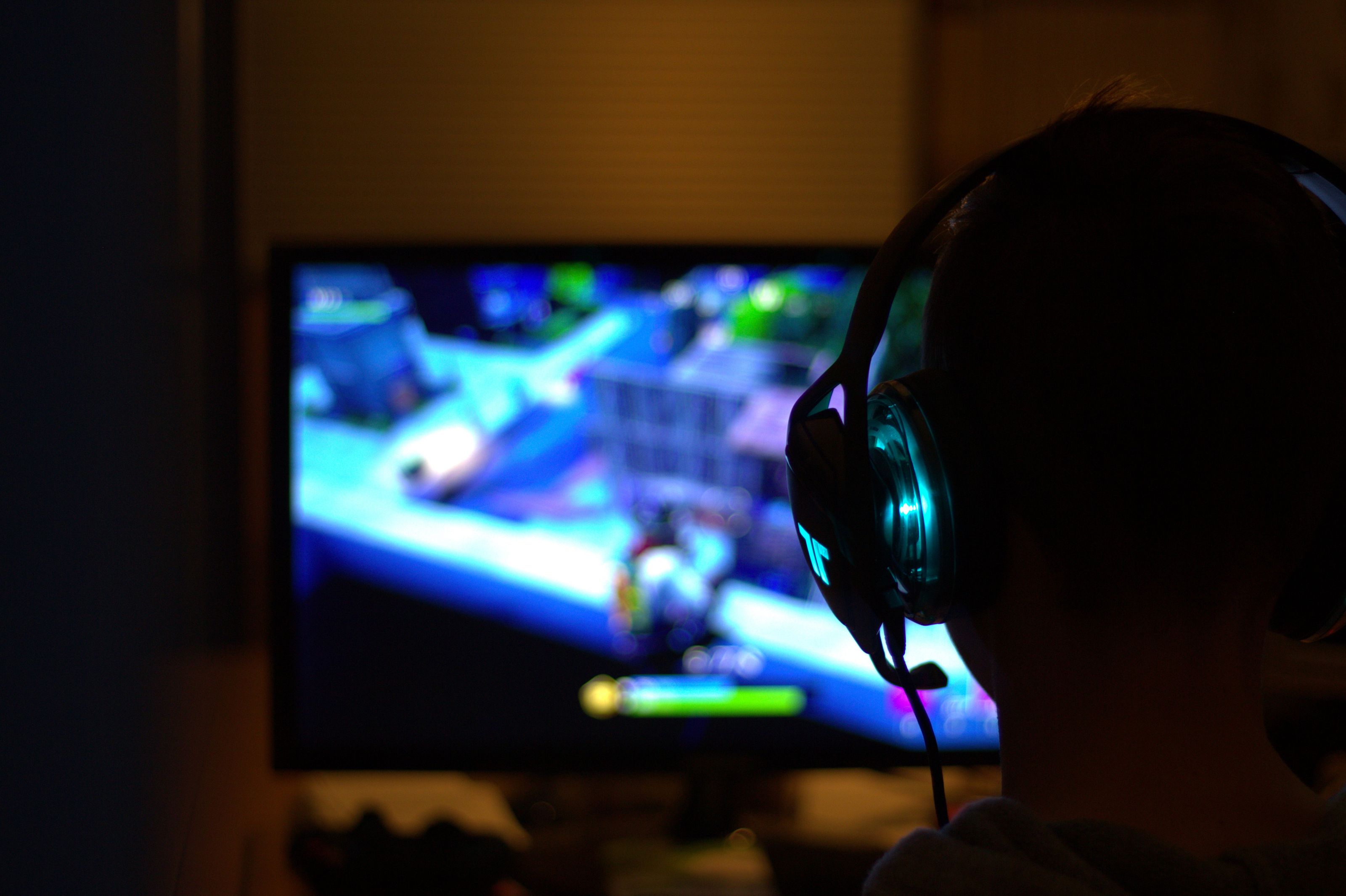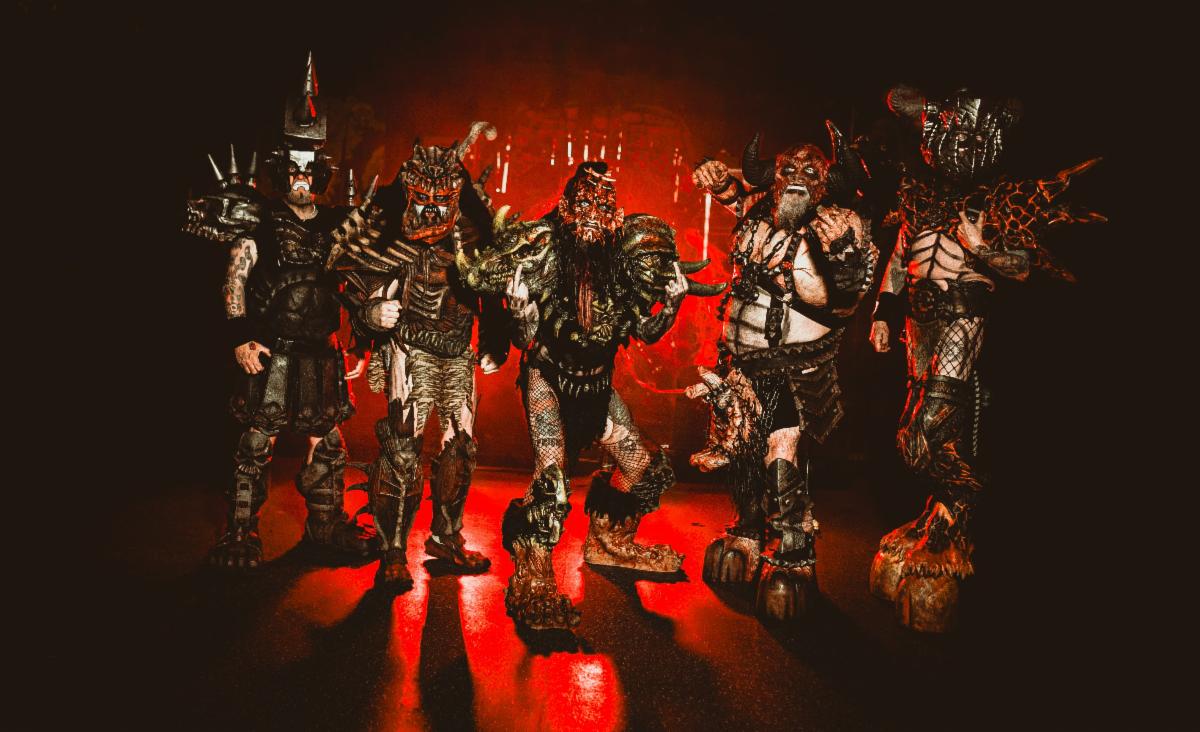Video game music has progressed significantly since home consoles’ conception in the ’50s. What used to be games accompanied by silence was replaced with 8-bit midi tunes and bleeps and bloops. Nowadays, you can hear fully orchestrated tracks that rival popular music today and can be played in high definition. Music is now respected in the music industry, with individual composers or record labels able to submit soundtracks and win awards. Let’s look at the more influential hardware and games that broke molds in the industry. And before you do, just know that Nine casino online is also the place to be if you’re playing video games and casino games as well.
Early 1970’s – Silence
The first-ever home console contained one game – Pong. Although it was influential for its time for its graphics and its ability to control pixels, the Magnavox Odyssey made no sound whatsoever. Multiple other Pong consoles were made after the Odyssey to capitalize on its success and the digital ball that was batted back and forth actually contained a sound when it hit.
Late 1970’s – Atari
The Atari 2600 is widely thought to be the first influential video game console. It had multiple sounds for different objects, but the hardware seemed to favor explosion sounds and rapid bleeps. This console lasted until the birth of Nintendo, which is a long time considering how short console generations are now. Although Atari made their own games, it’s most famous for gaining the licenses for arcade ports. Among the most notable are Pac-Man, Frogger, and Space Invasion, which all had primitive sound ques.
Early 1980’s – Donkey Kong
Nintendo’s blockbuster arcade hit Donkey Kong revitalized the gaming industry after Atari destroyed it with its lack of quality games and ratings. Although considered tedious by today’s standards, it’s the first game ever to receive money for getting a high score. Multiple gaming conventions are held yearly to gamble and compete for the top prize, similar to how progressive jackpots work in online casino games. It’s possible that without Donkey Kong, the industry wouldn’t have evolved.
Mid 1980’s – Dragon’s Lair and Nintendo
Cinematorinics’ release of Dragon’s Lair on arcades blew everyone’s minds at the time because it featured stereo sound, actual human voices, and laser-disc technology. A few years later, the 8-bit NES dominated the market and had impressive standout music hits like the Super Mario theme, Tetris, and Zelda, which are probably playing in your head right now. It was at this point that people realized video game music could be “catchy” despite being primitive and made up of bleeps and bloops.
Late 1980’s – Sega Genesis
Sega Genesis had a different set of sound compared to the NES because it contained better hardware. It included a six-channel stereo sound, and you could hear the difference. Games like Sonic the Hedgehog and Altered Beast all had impressive sound quality, but what really set them apart was Michael Jackson’s Moonwalker. The game featured synthesized versions of hits like “Billie Jean,” “Beat It” and “Smooth Criminal”.
1990’s – CD Technology and N64
Although the SNES came out during this time, the sound quality was on par, if not worse than SEGA at the time. However, new CD-based consoles like the 3DO, the SEGA CD add on, Sega Saturn and PlayStation arrived to up the stereo sound into new heights. These consoles feature full FMVs with real voices, orchestrated music, reverb, and looping. The N64 tried to up the quality with a powerful CPU that handled back sound effects. Legend of Zelda: Ocarina of Time specifically had multi-layered music and stunning music that is still considered to be replayable to this day.
2000’s and Beyond
Nowadays, music is so advanced and easy to produce on consoles that its almost second nature. Gone are the days of bleeps and bloops, now the era of fully realized soundtracks are commonplace. Most music is recorded in a studio and mastered in the same way music that’s on the charts is produced. Even handheld consoles that come out in this century, like the PSVITA and Switch, are so wildly creative and advance in their sound design that they perform better than home consoles in the 90’s. What limits you now isn’t the hardware for the system, but the surround sound you have hooked up your television.




